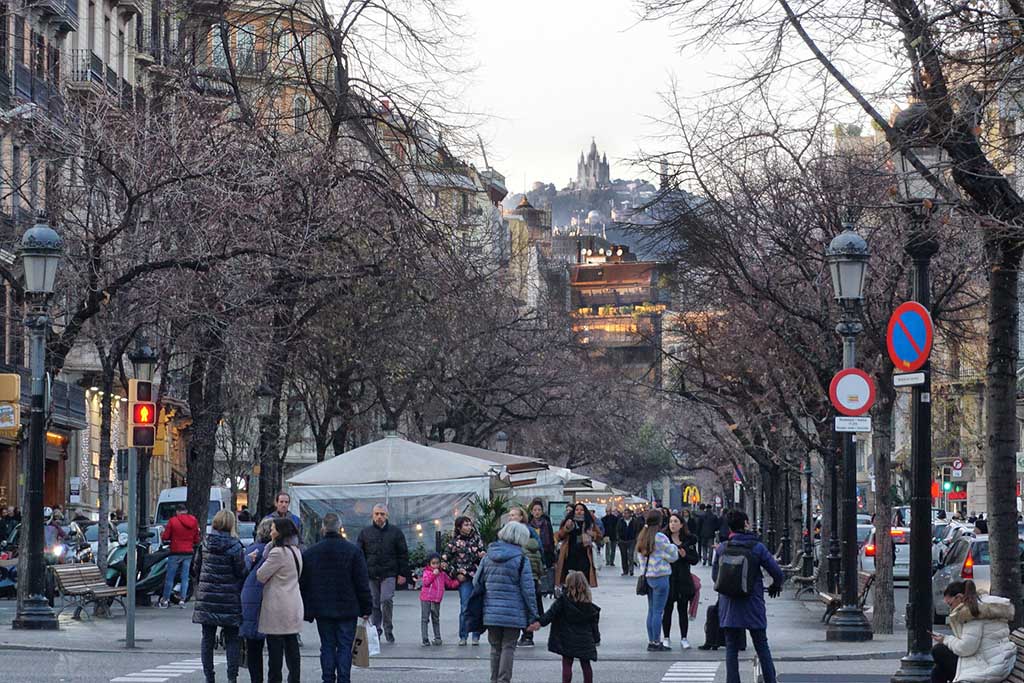|
Daily high temperatures are around 57°F, rarely falling below 49°F or exceeding 65°F. The lowest daily average high temperature is 56°F on January 16. Daily low temperatures are around 42°F, rarely falling below 33°F or exceeding 51°F. The lowest daily average low temperature is 40°F on January 12. For reference, on August 6, the hottest day of the year, temperatures in Barcelona typically range from 69°F to 83°F, while on January 11, the coldest day of the year, they range from 40°F to 56°F. Average High and Low Temperature in the Winter in BarcelonaDecJanFeb35°F35°F40°F40°F45°F45°F50°F50°F55°F55°F60°F60°F65°F65°F70°F70°FFallSpringJan 856°FJan 856°F40°F40°FDec 159°FDec 159°F44°F44°FFeb 2958°FFeb 2958°F43°F43°FFeb 156°FFeb 156°F41°F41°F The daily average high (red line) and low (blue line) temperature, with 25th to 75th and 10th to 90th percentile bands. The figure below shows you a compact characterization of the hourly average winter temperatures. The horizontal axis is the day, the vertical axis is the hour of the day, and the color is the average temperature for that hour and day.
Average Hourly Temperature in the Winter in Barcelona
|
BarcelonaProvíncia de Barcelona, Catalonia, Spain © OpenStreetMap contributors |
How Is The Barcelona Weather Year Round?
The weather being good or bad is one of the points that can make your trip succeed or fail. So knowing about the local weather characteristics in your destination is vital to plan ahead and prepare accordingly to bring the right clothes and equipment. Find out how the Barcelona weather can affect your trip. Barcelona is attractive for many reasons, but the good weather is one of its main advantages.
The Barcelona climate is Mediterranean, with moderate temperatures (hot in the summer, but mild in the winter), and predominating sunny days without excessive rains. We do have 4 seasons, although our autumns don’t offer a too spectacular foliage because most of our local trees are mostly perennial or lose their leaves too quickly.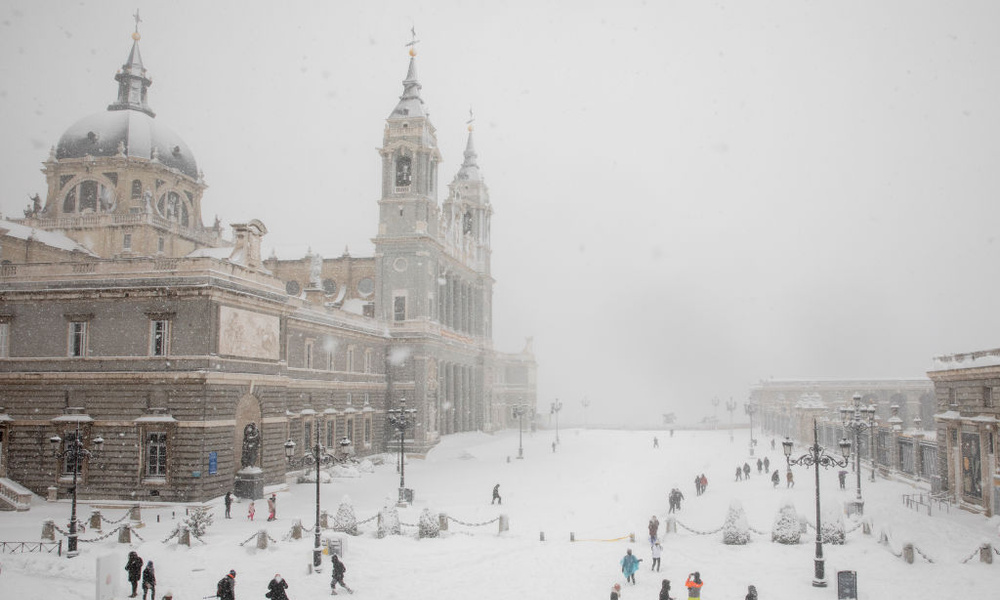
TOUR BARCELONA RAIN OR SHINE
These are the main characteristics of the Barcelona weather year round:
Average Barcelona rainfall
Did you know that in Barcelona it rains an average of 90 days a year? The rainiest season is autumn, specially September and October, although it’s unusual to rain for two days in a row. In the Summer there can be some summer storms: short but strong… so don’t worry about a cloudy day, as it might be sunny soon.
Plus what the statistics don’t tell you is that it doesn’t have to rain for the whole day to qualify as a “rainy day”: again, it rarely rains for the whole day in Barcelona and most of the time it’s not likely to bother you much during your sightseeing if you decide to go indoors for a while.
By the way, here you’ll get a few ideas about what to do if it rains during your trip.
Does it snow in Barcelona?
In the winter Barcelona doesn’t suffer from extremely cold temperatures the average temperature goes from 9º to 12º (48 to 53F approx.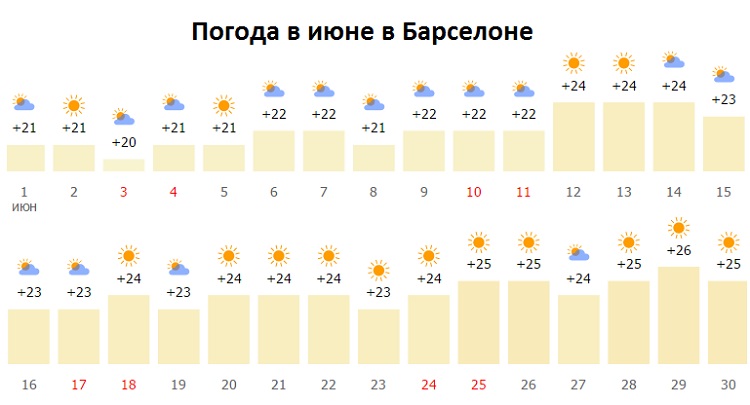
The possibility of snow depends on cold waves coming from the Northeast, mostly December and February. The biggest snowfalls have been 1962 and then nothing important until 2010! Picture people skying downhill in streets – yes: but the snow was pretty much gone by the next day.
So what to do if you actually enjoy the cold? Head to the Pyrenees instead: we have great ski resorts at only 2 hours drive from the city – perfect for a weekend or even a single day trip.
Barcelona wind
The wind in Barcelona comes mostly from the North, except in June and July when it is coming from the South. There’s not much wind nor catastrophes related to wind speed (although strong wind storms will make a few trees fall occasionally – 1989 and 2009 were remarkably strong), and the most windy months are March and April.
If you travel in Spring and Summer you’ll enjoy the sea breeze coming from the Mediterranean. The average wind speed at sea level is between 3 and 22m/s (6 to 43 knots approx.), what makes it great for sailing experiences. At sea level, the wind won’t create large waves either and very rarely the city council will activate the Emergency Plan designed when over 30% of the waves are higher than 2.5m (8 feet).
Sunny days
In Barcelona it’s sunny practically all year around. There is little difference between maximum and minimum temperatures and all seasons are ideal to enjoy a walk by the beach, eat in restaurant terraces and enjoy any kind of outdoor activities. The best months to travel are May, June and September when it’s very sunny and the temperatures are warm but not unbearable.
In the summer, daytime temperatures range around 23 to 26ºC (73 to 78F), with occasional peaks that would rarely go beyond 33ºC (91F) – as opposite to the South of Spain where it’s common to reach 40ºC (104F).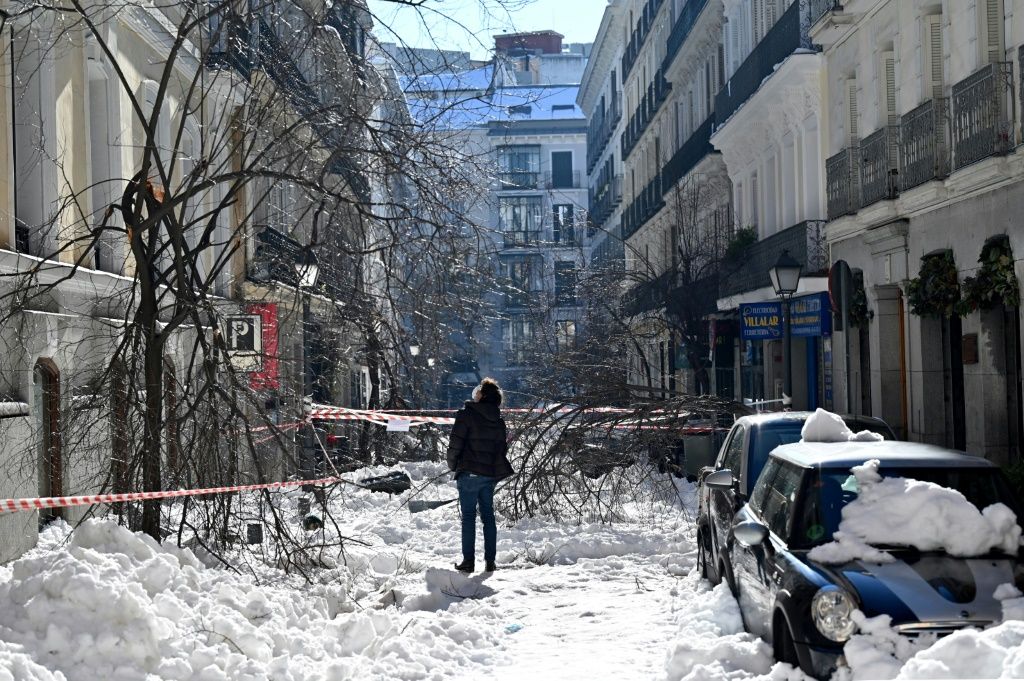
Barcelona sea temperature
In Barcelona, the water temperature and the sunny days are perfect to enjoy a good swim in the sea or a walk around the beach. The average temperature is around 18.5º (65F), and locals usually start getting in the water around June and keep flocking the beaches until end of September: outside of these months only Barceloneta neighbors, neoprene-dressed surfers and Nordic tourists are seen taking a bath. By the way, you’ll find more information on the Barcelona beaches in this other post.
AND BONUS! Are there any natural catastrophes related to the Barcelona climate?
Natural Catastrophes in Barcelona?
Not at all: Barcelona is located by the Mediterranean sea, which is too small to generate hurricanes or dangerous tsunamis. There are the occasional small tornadoes, but they are small and isolated and don’t do much more damage than maybe blowing up a roof or uprooting a few trees, so they are considered a rarity – not a disaster.
Floods used to happen in the past, when spring and autumn showers suddenly filled the torrents and flooded the coastal villages built along them, but nowadays those torrents flow underground or in canals, and don’t bother the population that much anymore.
As for droughts, they do occasionally happen (in 2015-16 there wasn’t any rain for over 90 days), but our good reservoir system filled with mountain rivers is usually enough to prevent emergencies. We do suffer forest fires in the summer, though – Not in Barcelona, but mostly in the countryside counties such as those in Bages 1994 and 1998.
As for non weather-related catastrophes, strong earthquakes aren’t common at all either: the last big one happened in 1428. Small earthquakes do happen, though, since we are located on top of a tectonic fault, but most of the time the population doesn’t even feels it, they are only recorded by special detectors, or if they do feel them, it’s experienced as something uncommon and sort of exciting but not really dangerous.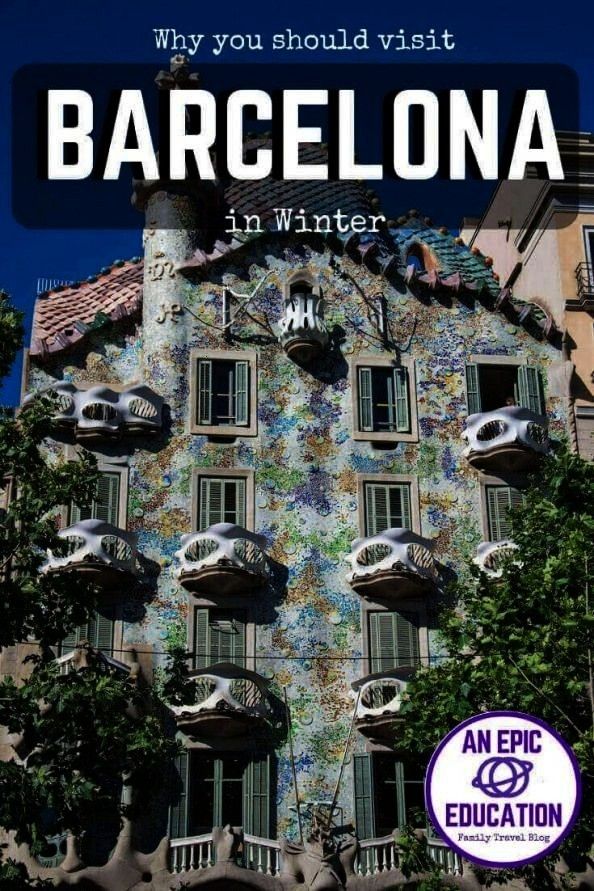
Is the weather in Barcelona similar to the place where you live?
Youtube
AUTHOR BIO
Marta is the founder of ForeverBarcelona. She is a passionate tour guide that loves Barcelona and loves writing too. She is the main author of our Blog, and is committed to sharing her knowledge about Barcelona and her best tips with our readers.
RESEARCHING FOR A TRIP IS TIME-CONSUMING…
Need more inspiration?
Our 100% FREE Barcelona Collection will give you everything you need to organize the trip of your lifetime to Barcelona.
BEST INSIDER TIPS FROM THE PROS!
MORE BARCELONA TIPS FOR YOU:
SHARE WITH YOUR TRAVEL MATES
Typical climate and weather in Barcelona
Page Content
This page briefly describes the weather, climate and average monthly temperature for a typical year in Barcelona.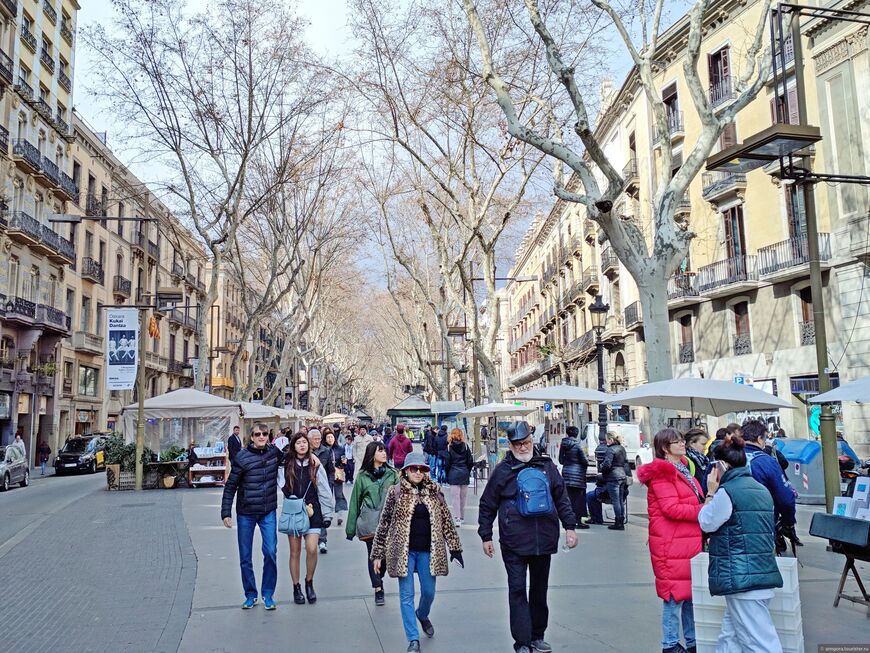
Average monthly temperature
Note: The temperatures given in the table are averages, and may vary slightly.
| Month | Average Temperature o C |
Average Temperature F |
Daily report summary (weather log) |
|---|---|---|---|
| January |
13 |
55.4 |
January |
| February |
14 |
57.2 |
February |
| March |
15 |
59 |
March |
| April |
17 |
62.6 |
April |
| May |
23 |
73. |
May |
| June |
25 |
77 |
June |
| July |
29 |
84.2 |
July |
| August |
30 |
86 |
August |
| September |
26 |
78.8 |
September |
| October |
24 |
75.2 |
October |
| November |
14 |
57.2 |
November |
| December |
14 |
57.2 |
December |
When is the best time to visit Barcelona?
As can be seen from the table, the weather is pleasant almost all year round.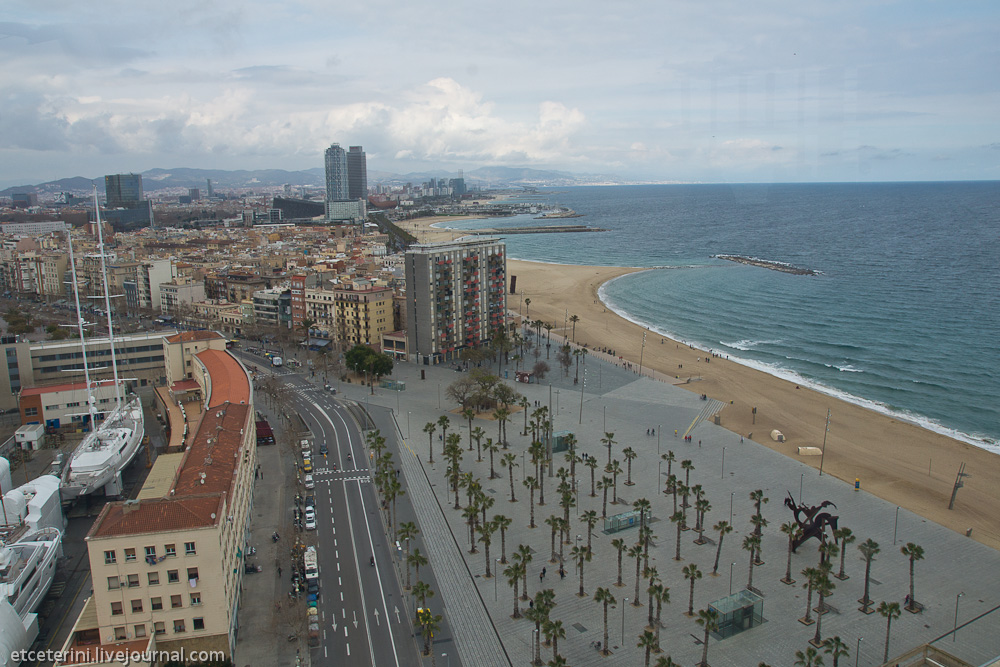
August is mostly hot (sometimes up to 34°C, 95F) and humid, so if you like saunas, you can definitely visit this time! Seriously, because of the increased humidity, the heat seems even stronger. If you are going to Barcelona in August, be sure to choose a hotel with air conditioning.
Cool months
The weather in October and November is still pleasant, but already starting to get colder (from 21°C to 15°C, from 69 to 59F). It’s not sunny every day anymore, so get ready for cloudy weather with some rain.
It should be understood that this is an approximate description of the weather, and it can change from year to year. Especially in the last few years there have been some deviations from the norm.
Winter
From November to February the weather is colder, averaging around 12°C or 53F.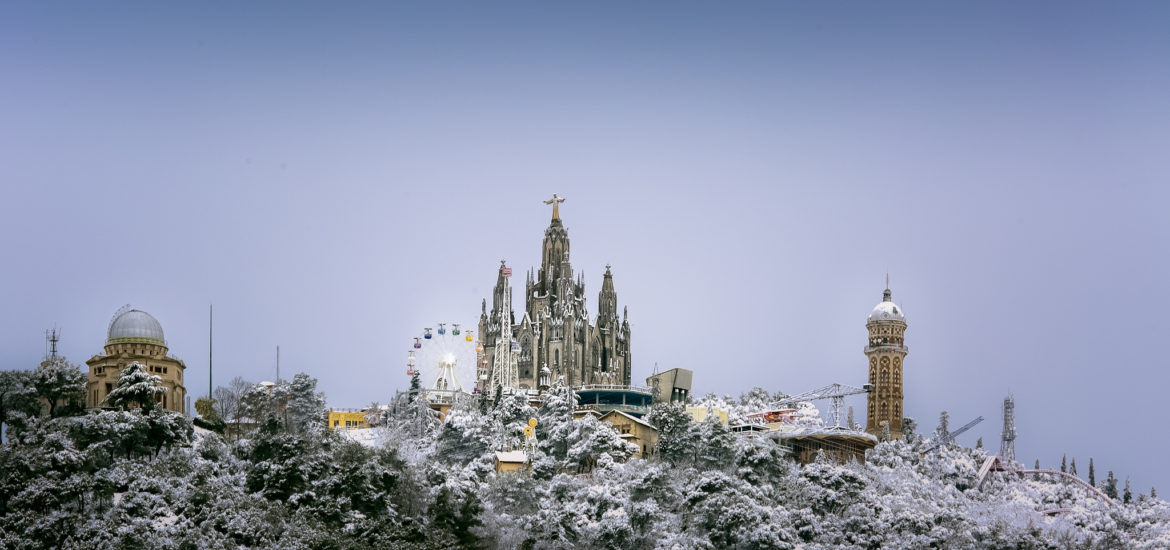
Daily weather report for Barcelona during the year
Below in section Related pages there is a link to an archive with a daily report of weather conditions for each month throughout the year. The report provides information on general weather conditions with air temperature, plus tips on how best to prepare for weather conditions in certain months. With this report, you will not only have a complete picture of what the weather is like in a typical month in Barcelona, but you will also be able to bring the right clothes with you and plan weather-appropriate activities for the duration of your trip.
We have not included subsequent years in the archive because it is a laborious process and in fact the accuracy of the provided weather data will not change in any way compared to the year we have indicated.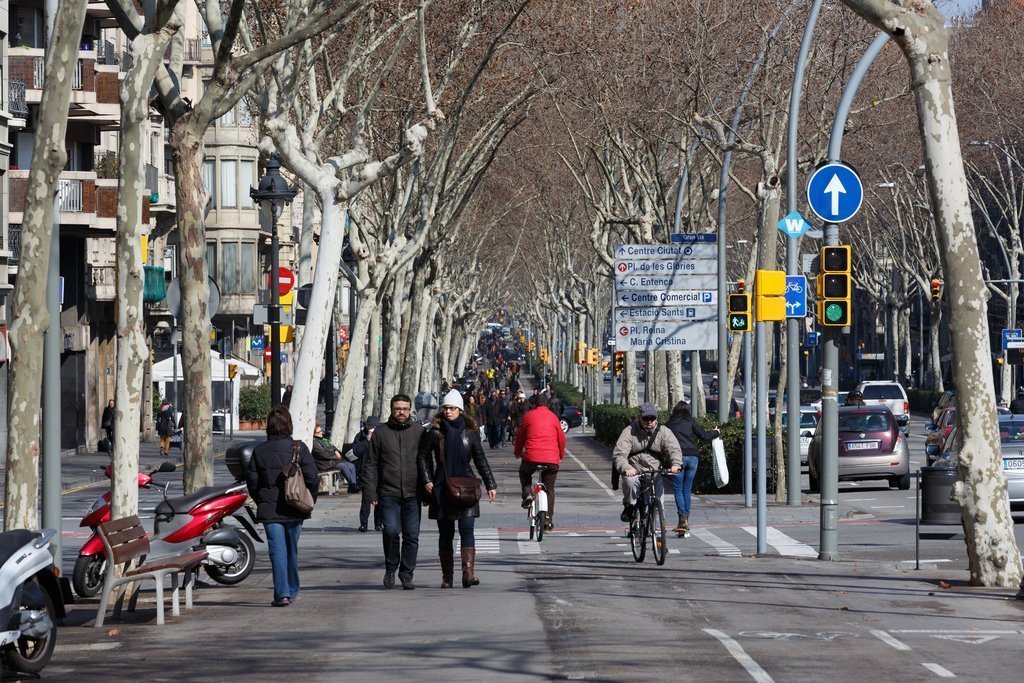
Site visitors have repeatedly written to us that the daily weather report has provided them with invaluable help in understanding the weather conditions in Barcelona during the year. We hope the report will help you plan your trip as well.
Barcelona weather in winter / Sea temperature
| Average temperature during the day: | ||||||
| Average day temperature: | 14.1°C | 12.7°C | 13.3°C | |||
| Average temperature at night: | ||||||
| Average temperature at night: | 10.3°C | 8.8°C | 9.1°C | |||
| Sea water temperature: | ||||||
| Sea temperature: | 15. 4°C 4°C |
14.0°C | 13.1°C | |||
| Number of sunny days: | ||||||
| Number of sunny days: | 21 days | 21 days | 18 days | |||
| Day length: | ||||||
| Day length: | 9.2 – 9.4 hours | 9.3 – 10.0 h. | 10.1 – 11.2 h. | |||
| Number of rainy days: | ||||||
| Number of rainy days: | 2 days | 2 days | 2 days | |||
| Rainfall: | ||||||
| Rainfall: | 21.2 mm | 40.3 mm | 22.8 mm | |||
This graph shows the average number of hours per day during which direct sunlight reaches the earth’s surface.

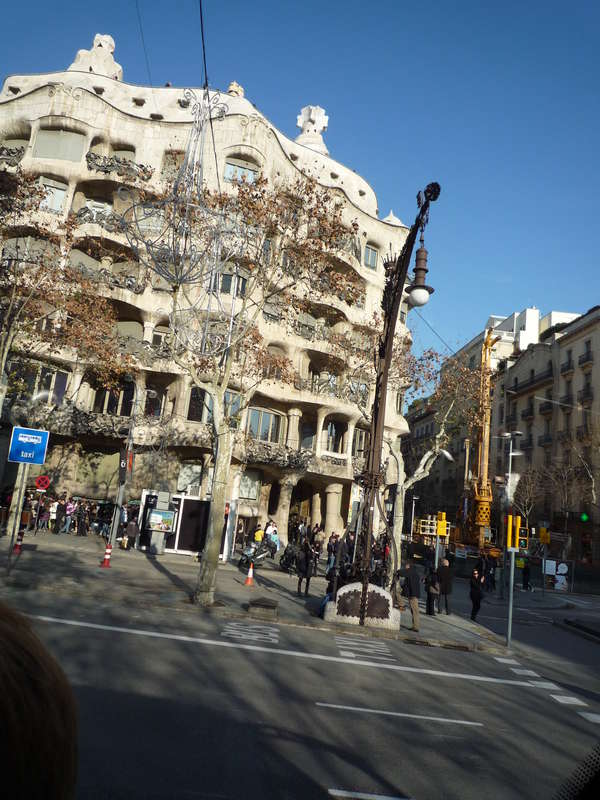
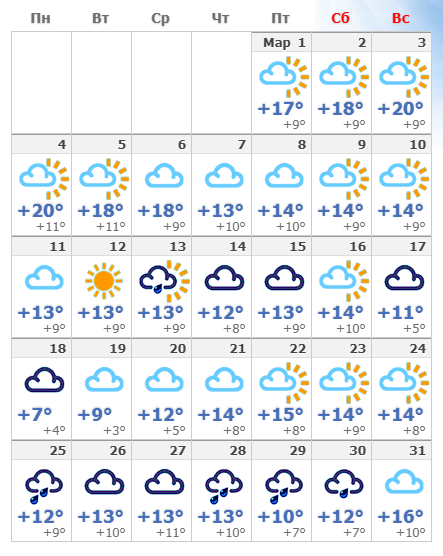

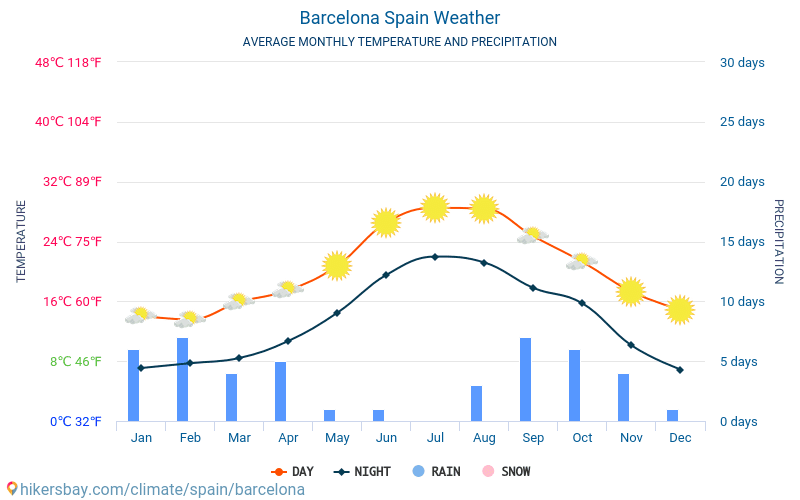 From the start to the end of the season, the length of the day increases by 1 hour, 49 minutes, implying an average daily increase of 1 minute, 13 seconds, and weekly increase of 8 minutes, 30 seconds.
From the start to the end of the season, the length of the day increases by 1 hour, 49 minutes, implying an average daily increase of 1 minute, 13 seconds, and weekly increase of 8 minutes, 30 seconds.

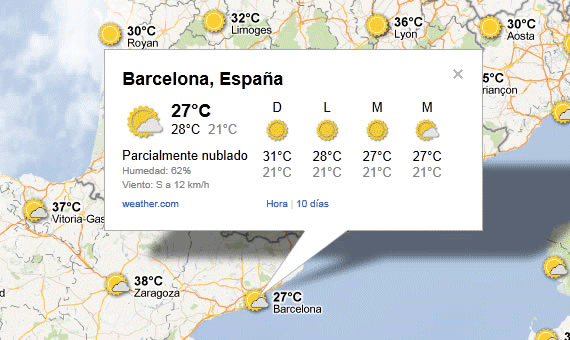 From bottom to top, the black lines are the previous solar midnight, sunrise, solar noon, sunset, and the next solar midnight. The day, twilights (civil, nautical, and astronomical), and night are indicated by the color bands from yellow to gray.
From bottom to top, the black lines are the previous solar midnight, sunrise, solar noon, sunset, and the next solar midnight. The day, twilights (civil, nautical, and astronomical), and night are indicated by the color bands from yellow to gray. The black lines are lines of constant solar elevation (the angle of the sun above the horizon, in degrees). The background color fills indicate the azimuth (the compass bearing) of the sun. The lightly tinted areas at the boundaries of the cardinal compass points indicate the implied intermediate directions (northeast, southeast, southwest, and northwest).
The black lines are lines of constant solar elevation (the angle of the sun above the horizon, in degrees). The background color fills indicate the azimuth (the compass bearing) of the sun. The lightly tinted areas at the boundaries of the cardinal compass points indicate the implied intermediate directions (northeast, southeast, southwest, and northwest). The shaded overlays indicate night and civil twilight.
The shaded overlays indicate night and civil twilight.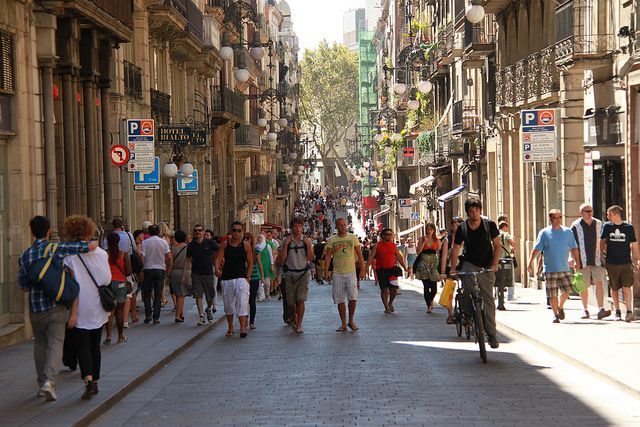
 7 mphDec 158.7 mphFeb 298.3 mphFeb 298.3 mphFeb 18.4 mphFeb 18.4 mph
7 mphDec 158.7 mphFeb 298.3 mphFeb 298.3 mphFeb 18.4 mphFeb 18.4 mph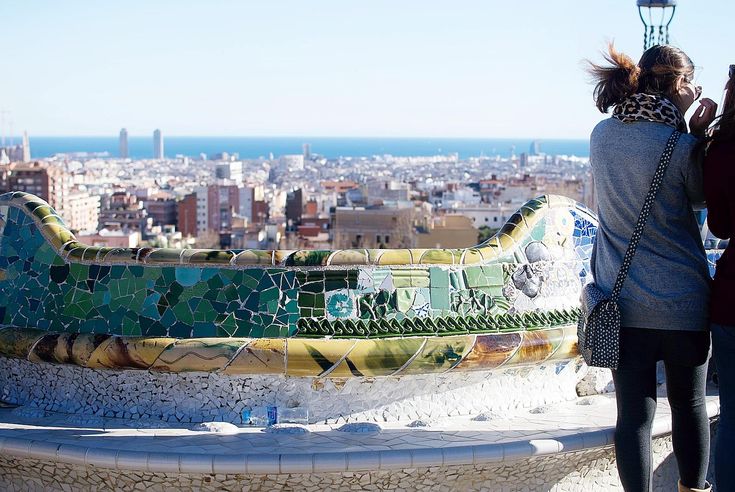 g., ocean, sea, or large lake). This section reports on the wide-area average surface temperature of that water.
g., ocean, sea, or large lake). This section reports on the wide-area average surface temperature of that water.
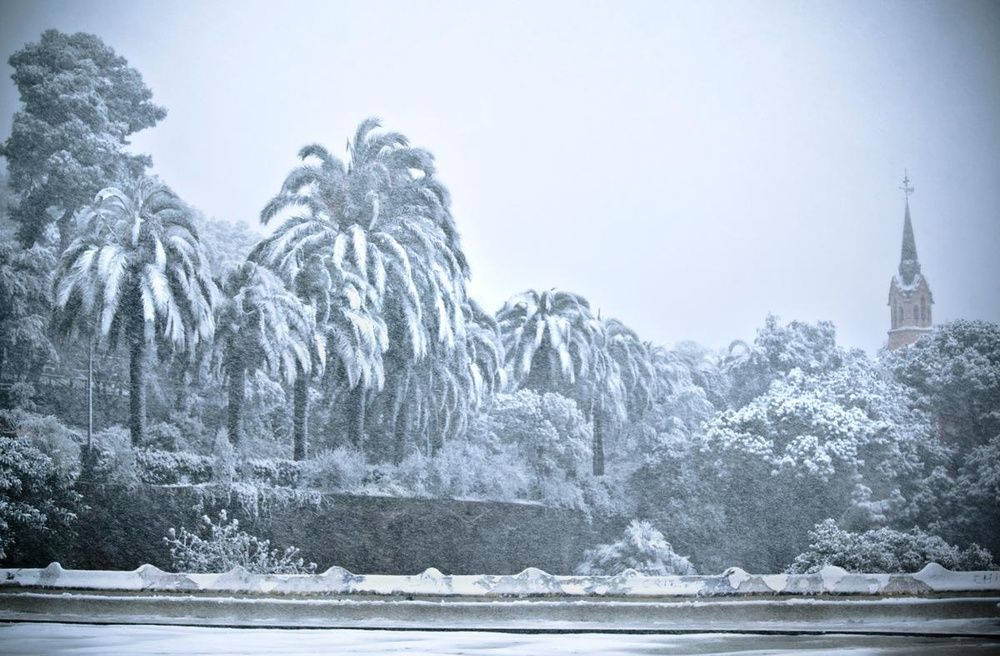
 The black line is the percentage chance that a given day is within the growing season.
The black line is the percentage chance that a given day is within the growing season.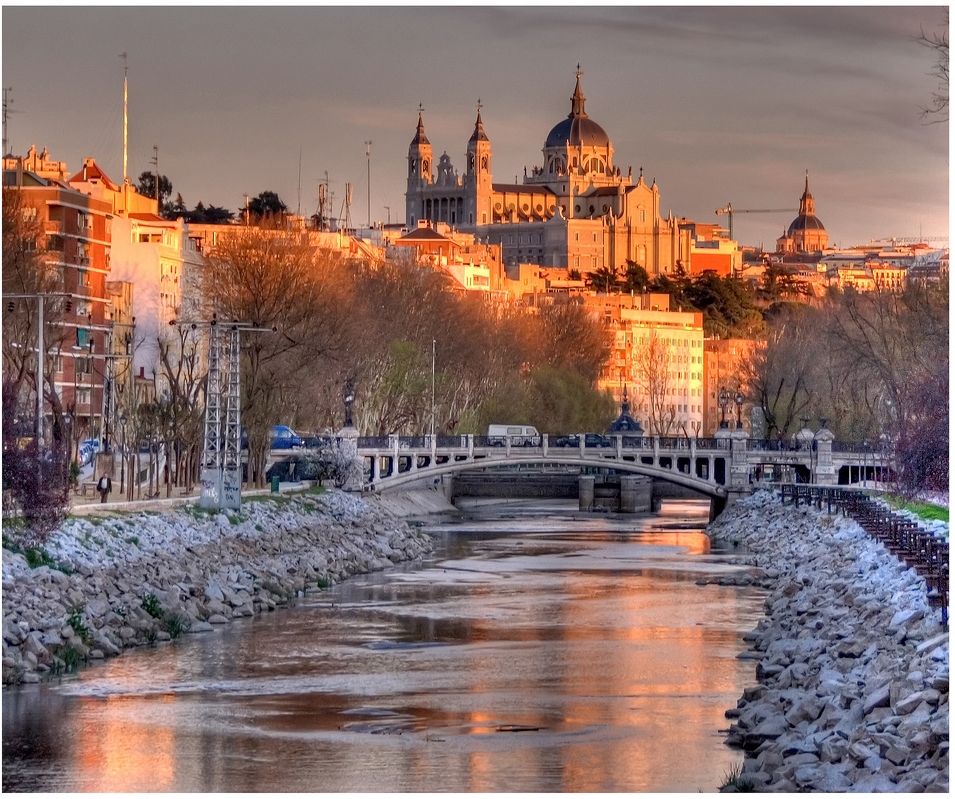
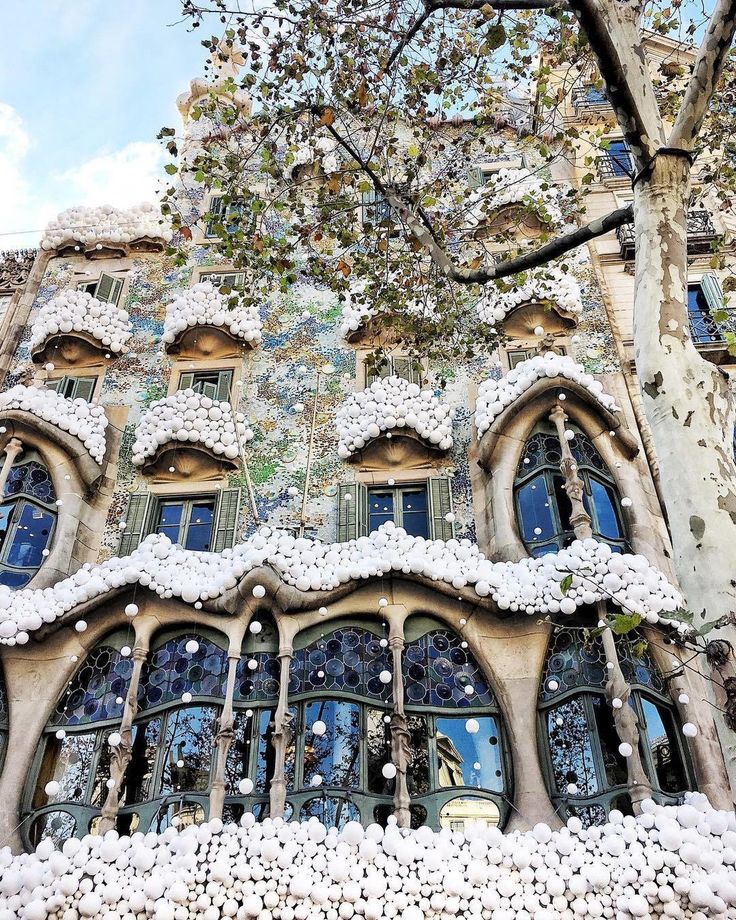 0 kWhFeb 293.8 kWhFeb 293.8 kWhFeb 12.7 kWhFeb 12.7 kWh
0 kWhFeb 293.8 kWhFeb 293.8 kWhFeb 12.7 kWhFeb 12.7 kWh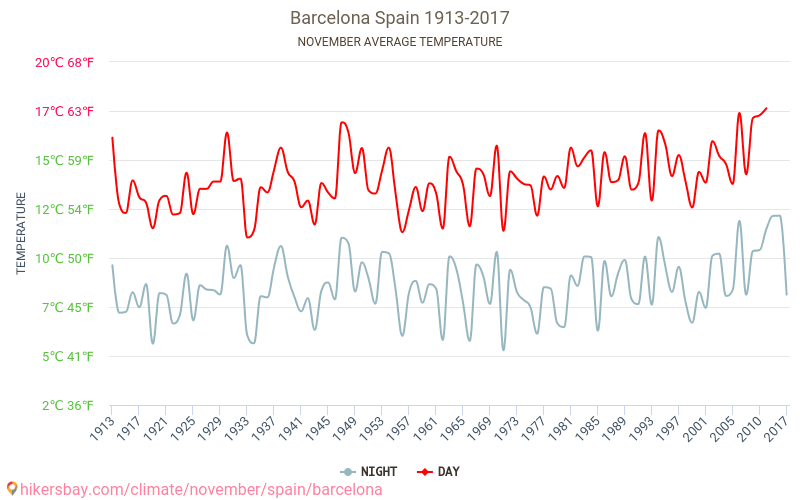
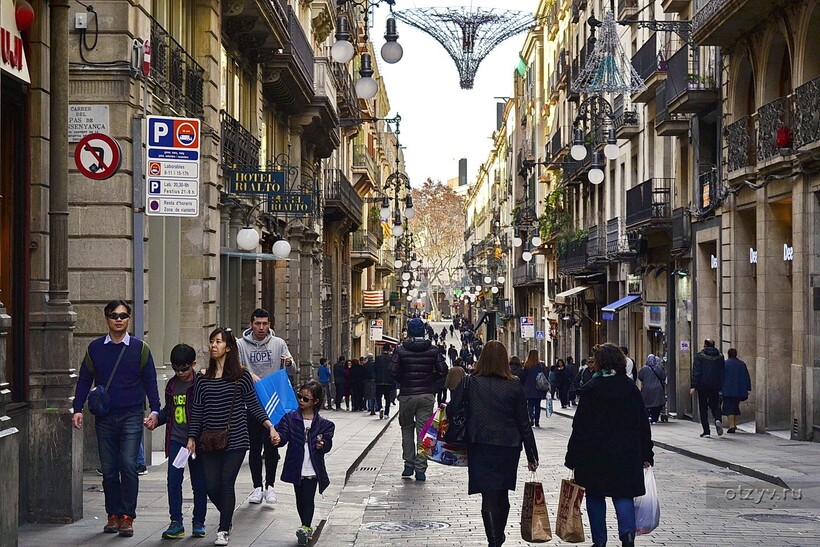 Please note that each source’s contribution is adjusted for elevation and the relative change present in the MERRA-2 data.
Please note that each source’s contribution is adjusted for elevation and the relative change present in the MERRA-2 data.
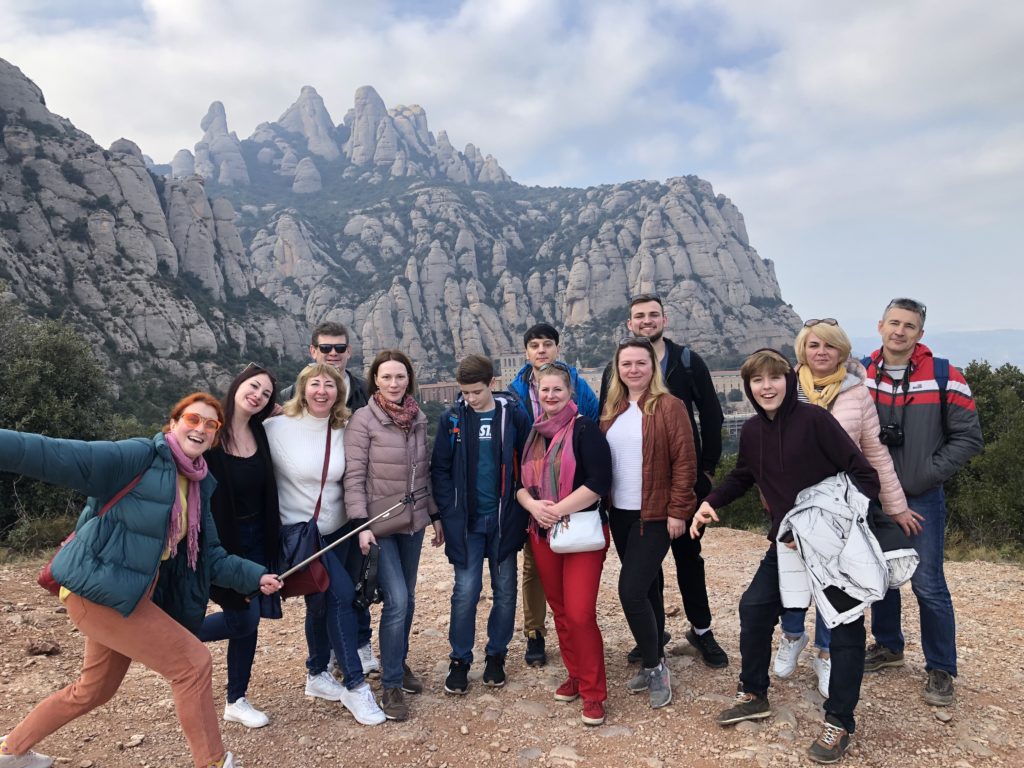
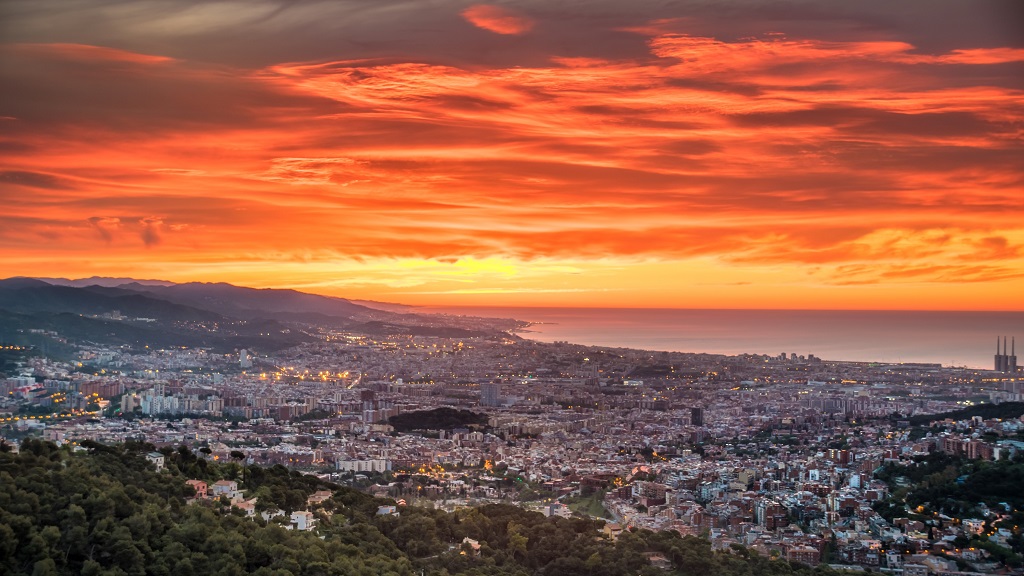
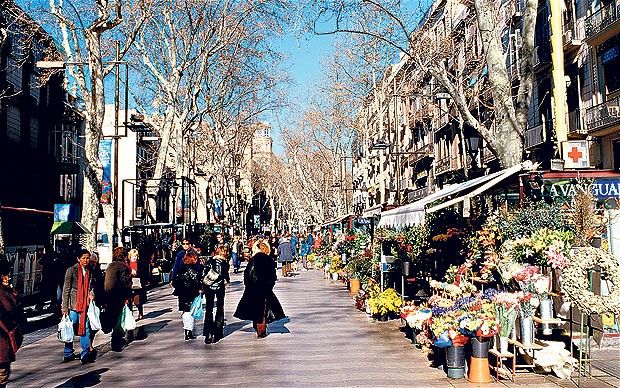 4
4 